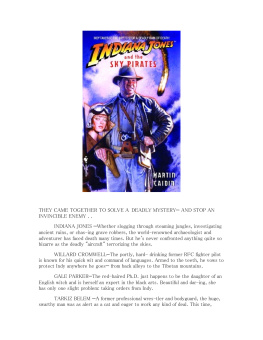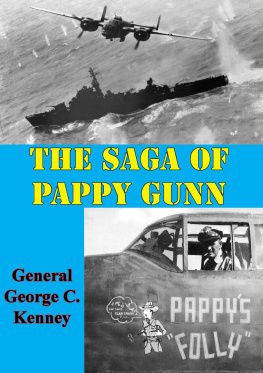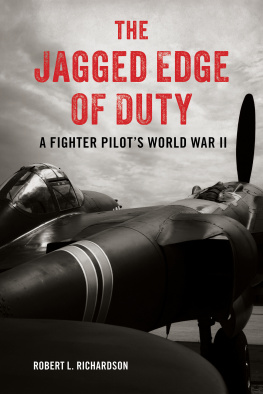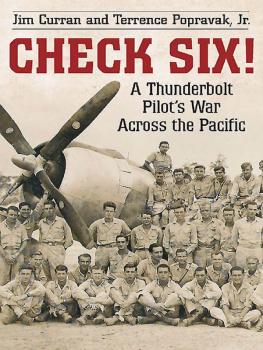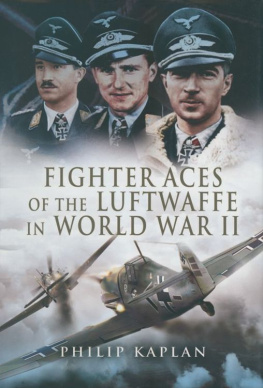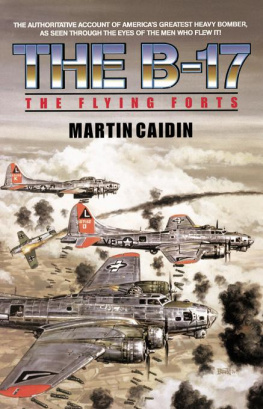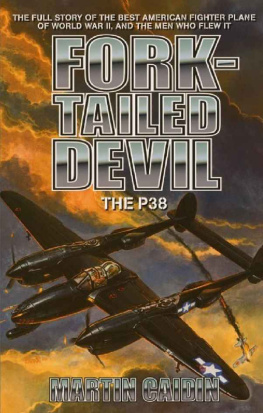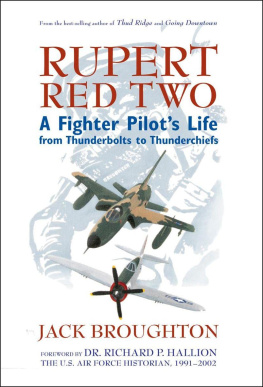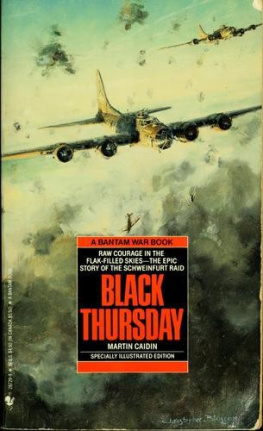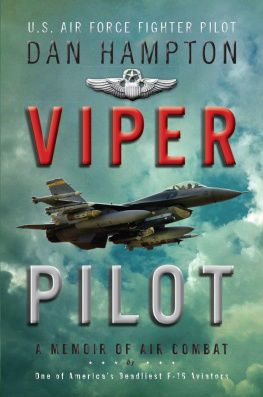US Military in WW2: Fighter Pilots
Martin Caidin et al.
Published by The P-47 Press, 2018.
Copyright
Copyright 2018 by The P-47 Press.
Annotations and other original material The P-47 Press. This book or any portion thereof may not be reproduced or used in any manner whatsoever without the express written permission of the publisher except for the use of brief quotations in a book review or scholarly journal. All rights reserved.
Published by The P-47 Press, Los Angeles.
First e-book edition 2018.
ISBN: 978-0-359-08406-7.
Black Thursday
The Story of the Schweinfurt Raid
By Martin Caidin
O VER THE ENGLISH COUNTRYSIDE , a thick fog saturates the air. The pre-dawn darkness of October 14, 1943, is black, cold, and dismally wet. The morning fog squeezes its dank touch into the barracks room, one of many at a sprawling bomber airdrome in the Midlands [The middle, rural section of England] . It pervades the nostrils and chests of sleeping men, hangs in a tenacious and clammy grip to the curving walls and ceilings of the Nissen hut, slicks the floor with a greasy film. The blankets feel wet; clothes are damp; one could almost reach out and squeeze the water from the air.
It is the bottom of a black ocean of dampness.
The room is dark, and from different directions, in this center of damp nowhere, comes the low sound of Fortress gunners breathing deeply. Most of them breathe steadily. But not all. From one bunk there issue sounds of unease, of a body moving under the blankets. In the dark, it cannot be seen, but the gunners face is contorted, he cries out soundlessly, his fingers twitch and curl back on unseen triggers.
Perhaps, if these men could foretell that October 14 would be seared into the history of the United States Army Air Forces as the fateful Black Thursday, their sleep would not be so deep; there would be more figures moving in nightmare, more fingers dosing around imagined gun handles, twitching toward unreal firing buttons.
Not all the men sleep. Some are awake, but their consciousness is a heavy thing. They stare sightlessly into the dark, feel the discomfort of the cold and the dismal humidity. Others are shapeless mounds, invisible faces beneath the tiny red glow, alternately brightening and dimming, as a man draws deeply on a cigarette, glimpsing briefly the swirl of smoke as it vanishes into the blackness. They are awake, and now soundssounds they have been expecting and waiting forimpinge on their troubled rest. There are the first subdued noises of the awakening of other men.
A distant door slams faintly somewhere beyond the corrugated-steel wall. Then there comes the growing tread of approaching footsteps. A man can check off these steps; if he has been here long enough, survived enough battles, he knows exactly when they will pause at the door of his hut. In the darkness, he sees in his mind a hand reaching for the knob, hears a shuffle of those feet, the barely perceptible sound of the door opening on damp hinges. The feet are inside; the door is closed once more and pushed tight. The feet move again very close now, past the cot; then they stop and there is the sound of a hand brushing against clothing.
A single match flares yellow, stabbing through the blackness lighting a grotesque figure, thick and bulky in his heavy sheepskin jacket and flying boots.
Then blinding light as the squadron operations officer hits the wall switch. The room is cold and wet and stinking, but if a man snuggles down deep enough into his blankets and wraps the ends around his feet and burrows his head into the pillow he can elude the cold. The light is more than a disagreeable glare in unaccustomed eyes; it means a rude and unpleasant entry into the wet and the cold.
The men who are awake lift their heads wearily to stare at the officer. Eyes follow him silently, blankly, as he reaches the center of the hut in a measured stride, then stops. Because not all the men are flying today, and because sleep is a precious thing, he reads from the list in his hand in a low voice.
When he has read the last name, the officer looks around for a moment, absently folding the little white piece of paper and shoving it into a pocket. The summons to fly into Germany has been given. Briefings at 0700, he says softly, and walks to the door. It opens and closes, and the officer, outside, treads once again through the wet and cold toward the next hut, where the same scene will be re-enacted. Another slip of paper, another list of names, another summons. To what? Death, wounds, terror? Death and wounds are imponderables; they are maybes. But terror is not, and many will feel its suffocating embrace before the day is out. They do not even think of it; they know, and accept its inevitability.
Some miles away, across the flat countryside of the Midlands, a light, cold, persistent rain falls from the sullen clouds hanging low over another heavy bomber base at Thurleigh, about fifty miles north of London, where the 40th Combat Wing has its headquarters.
On his cot, Colonel Budd J. Peaslee [I] opens his eyes. Later, much later, when October 14, 1943, has entered into history, Colonel Peaslee will think of what has passed. Of this moment he will write in his personal notes: I can see nothing but complete darkness. I hear water dripping from the eaves of my hut, spatting sharply against the sodden ground. In the distance I can hear the muted rumble of many enginesthey have been rumbling all night. At times the rumble changes to a high, penetrating tone as some mechanic winds one up to full throttle, but there is always that dull, monotonous background of sound. Thousands of men have been working while I sleptthey have worked throughout the black night in the rain and cold. They have worked on bombers and fighters, repairing previous battle damage, tuning engines, loading bombs, and readying thousands upon thousands of rounds of .50-caliber ammunition. The lights have burned all night behind the blackout curtains of our headquarters as navigators pored over their charts and intelligence officers studied flak maps and plans of enemy fighter fields.

I - Colonel Bud J. Peaslee (1902-1983), born in Salinas, California, was, prior to this mission, commander of the 384th Bombardment Group in the UK.


